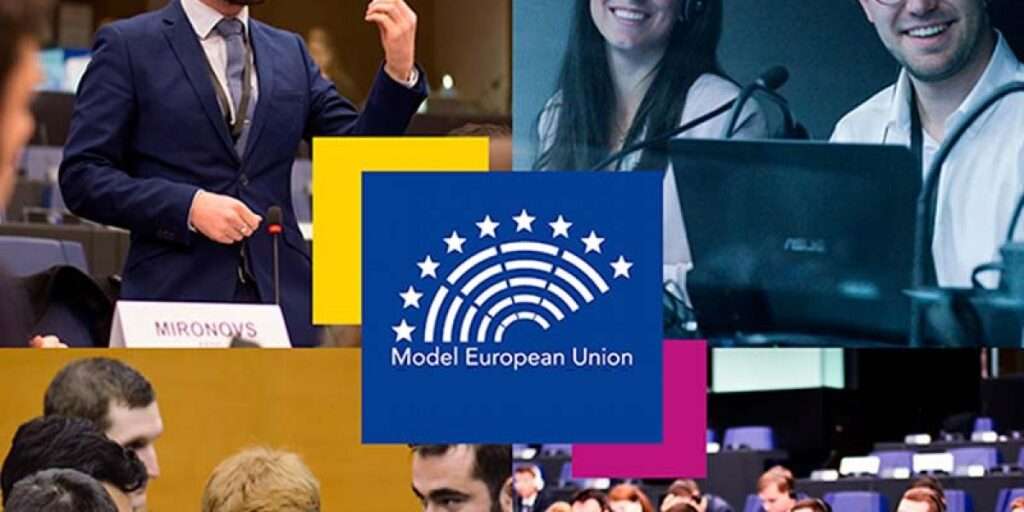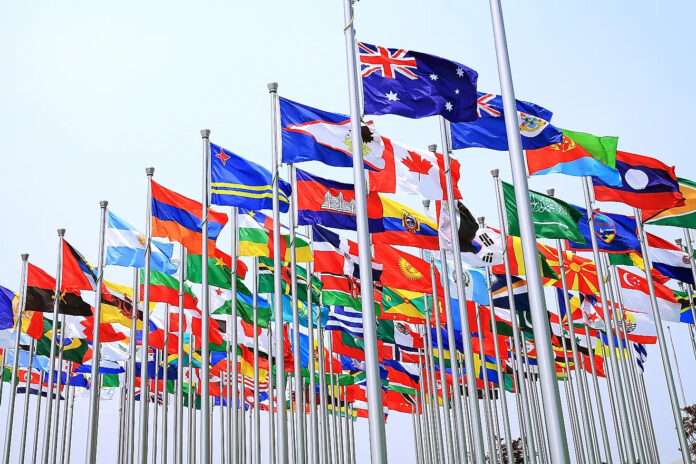It’s the time of the year when institutions involved in deciphering the political, security and economic affairs of the world, produce short and long-term forecasts.
Obviously, the primary purpose of developing a forecast is to better plan. And at a more sophisticated level, to help shape a future that is conducive for ones interests. It’s an exercise to make a reasonable assessment of where matters might be heading. Smaller the variation between the trajectory of actual events, and the anticipated plan, the greater are the chances of success. Then there are risks, which if they were to come true can seriously dent the expectations. Now a day, a term ‘black swan’ is more and more being used to conceptualize an unexpected and unprecedented event that can dramatically alter the present reality.
For instance, in the growing power tussles of the established and emerging powers, many nations are caught in a balancing act. While the present phase may be a transitory one, a single event could potentially end this stage and push different nations to choose between one or the other alignment. This is similar to how 9/11 dramatically altered international affairs. Anticipating what that incident could be, and how to pro-actively prevent such an eventuality, is critical.
While producing a forecast and a risk assessment, another important consideration to keep in perspective is the aspect of vantage point. Meaning, the future and the risks for one country are not the same as they may be for the other, just as is the case for individuals. Yes, there may be generalizations, but then there are always peculiarities as well. As a case in point, let’s take the example of the campaign against extremism. The ramifications for the campaign that has been raging for about 13 years are different for the western nations than those regions that are inflicted by extremism.
Nonetheless, developing and understanding patterns and trends are an important ingredient and prerequisite for any forecast and plan.
Another critical distinction is the difference between local change brought upon by regional and global flux. Most often than not, global patterns are forcing a local response. Before formulating an appropriate tactical, strategic or policy level response, and for the sake of the success of the reply, it is essential to identify and understand the dynamics of global change first.
With this context, PoliTact has been working on identifying the most significant political, economic, and security patterns, from the vantage point of South Asia and Middle East. As oppose to listing them as the top ten risks or trends, as is fashionable these days, we have chosen a format that depicts how the political, economic, security and technology patterns are inter-linked. We have done so with an attempt to minimize rampant confusion and to enhance a conceptualization that helps to understand the great flux the world is presently experiencing.
The most important trend the nations of the region would have to grapple with is the changing nature of the world order.
Nation-State Structure
While the world is organized politically into an often arbitrary nation-state structure, there are a number of forces that are acting for and against this architecture. The campaign against terror with associate phenomenon of non-state actors, climate change, disease, and technological advancements – particularly in the realm of communication technologies and social media, are all maneuvering against preserving the sanctity of the state, as we know it.
These man-made and other forces of nature are also hastening what has come to be known as the phenomenon of globalization, and making governance difficult. Equally, the communication revolution and social media has increased awareness and global consciousness for issues that transcend national borders and national identity. Then there are vested interests that have been over employed at the expense of the common people while putting the very social contract at jeopardy. The reaction can be seen in the form of movements such as the Arab Spring and Occupy Wall Street.
At another level, and more seriously, a crisis of identity is brewing. National identity is increasingly in friction with the economic necessities represented by the forces of globalization, which in turn are being challenged by the national security pressures of a state. Economic aspirations now stand face to face with security concerns in many parts of the world, and the individual identity hangs in balance between the national, global, religious, and ethnic loyalties. The forces of religion and globalization are both acting against the nation-state structure and are often perceived as exploitive. Recent events in India, Russia, and even Europe, suggests that the separation of religion/church and state may not be a done deal after all.

The European Union Model
The European Union was taken by many as the natural evolution of the nation-state structure, where states willing give up some of the sovereignty for the larger benefits derived from growing trade. However, the recent economic crises especially related to the banking and housing sectors, and tensions over Ukraine, are testing this model.
This also remains a dilemma when it comes to Pakistan-India ties. The theory stipulates that increasing trade between nations leads to lessening of mistrust, while at the same time tying their fates to a shared future. This is not how the European Union appears to be evolving. The revisionist and nationalistic tendencies are reemerging.
In the long run, if economic circumstances worsen and security concerns rise, growing interconnectedness can create dependencies that could be extremely risky, as far as the sovereignty of a nation, are concerned. This is especially true if interconnectedness is exploited for political and security ends, as is when sanctions are imposed, witnessed recently in the case of Iran and Russia.
These concerns have posed a major roadblock in promoting trade between Central Asia, Afghanistan, Pakistan, and India, as part of the New Silk Road vision.
TPP and TTIP
In additional to the European Union Model, the Trans Pacific Partnership (TPP) and Trans Atlantic Trade and Investment Partnership (TTIP), which the US is trying to finalize, will also provide important lessons.
The TPP will include 792 million people, makes up 40 percent of the world economy and is perceived by China as a way to economically contain it. While the TPP excludes China, the nations regional approach to developing trade agreements is seen as a way to keep the US out from the region. At stake are the principles of bilateralism and regionalism versus multilateralism propagated by WTO.
Conclusion
The interplay of political, economic, security, and technology trends, and the forces of nature and globalization are creating unique sets of pressures and vulnerabilities for the nation-state structure.
While the future model is still in evolution, the identity crisis that has ensued is creating multifaceted outcomes that need to be understood before policies and plans are put in place to address the challenges.
While larger trends are working across states, the response would also have to be coordinated and multilateral, which is difficult under the nation-state structure and the UN system (UN Security Council). Forming alliances is not easy in the absence of shared interests and values. What is occurring more and more is the configuration of coalitions around major crises and conflicts.
Then there is the issue of how the benefits and loses will be spread out in a globalized world, which depends on what one produces, and is also tied to how the value of those assets is determined. Consider the recent drop in oil prices, which has suddenly thrown the economies of Russia, Iran, and others, in to turmoil.
The global transition is by no means over, what’s critical is to spot what is emerging early and to be able to adapt quickly. The nation-state structure was suitable for an environment that is changing fast. The challenge now is to organize in a way that helps to deal with the future trends.





